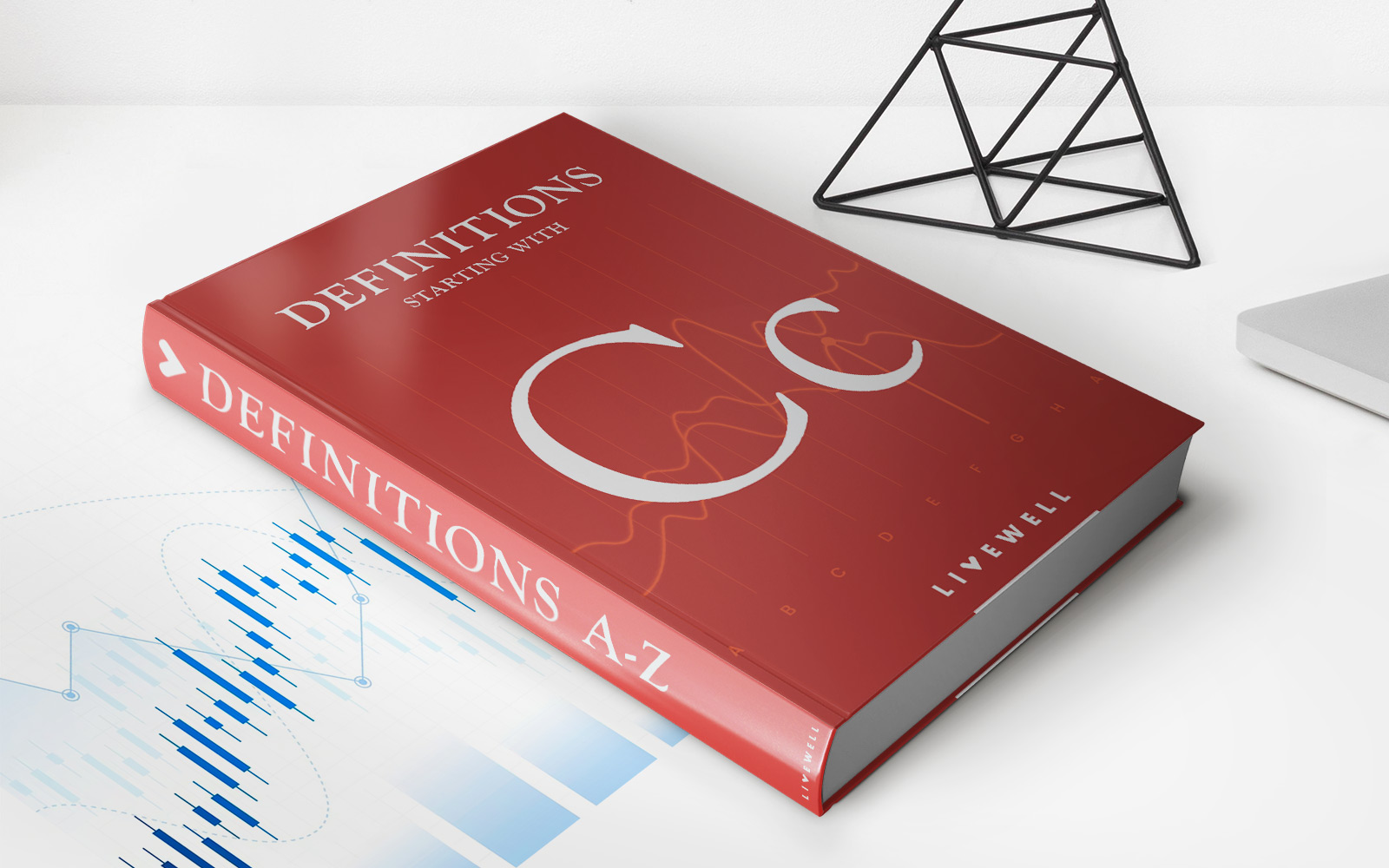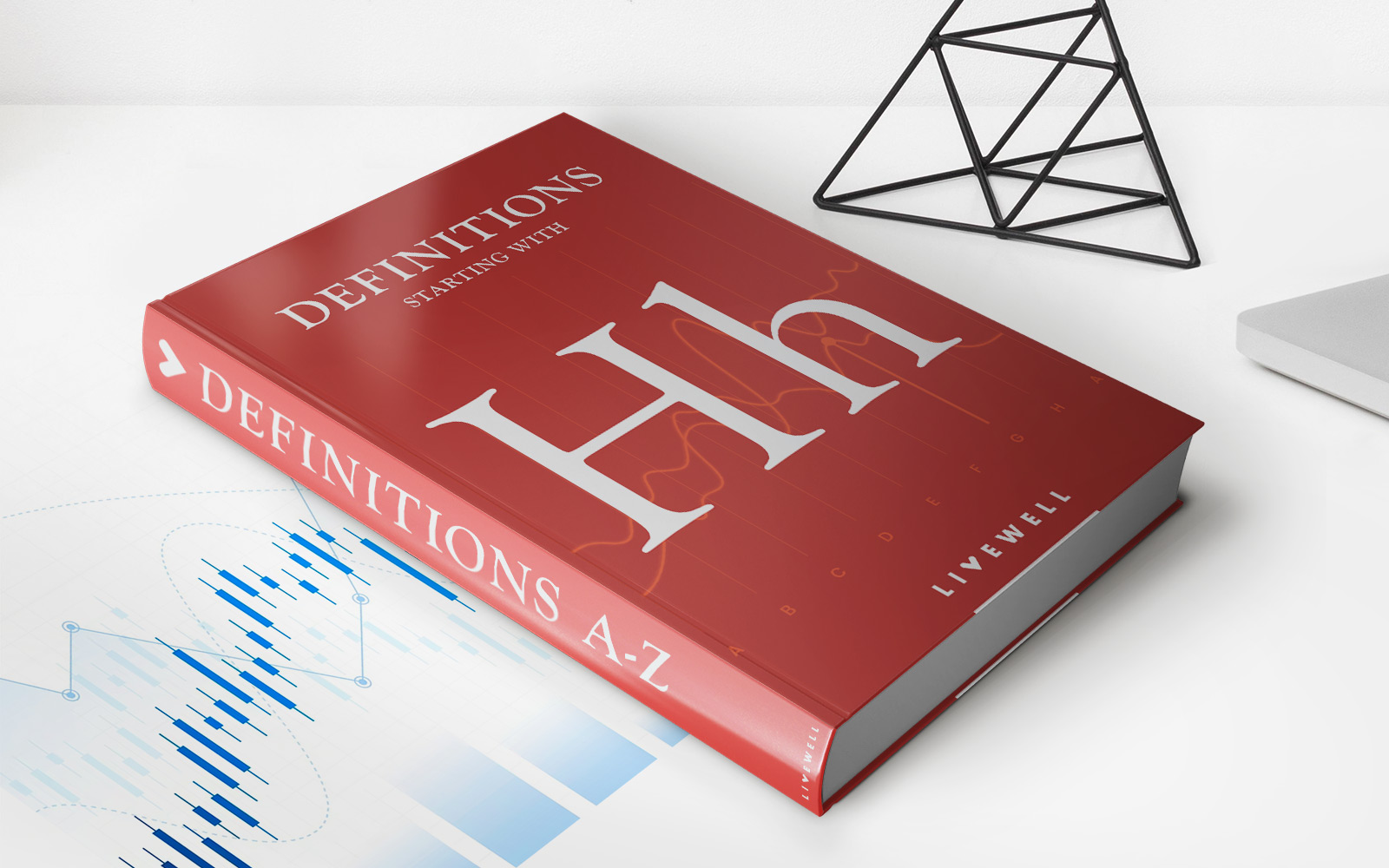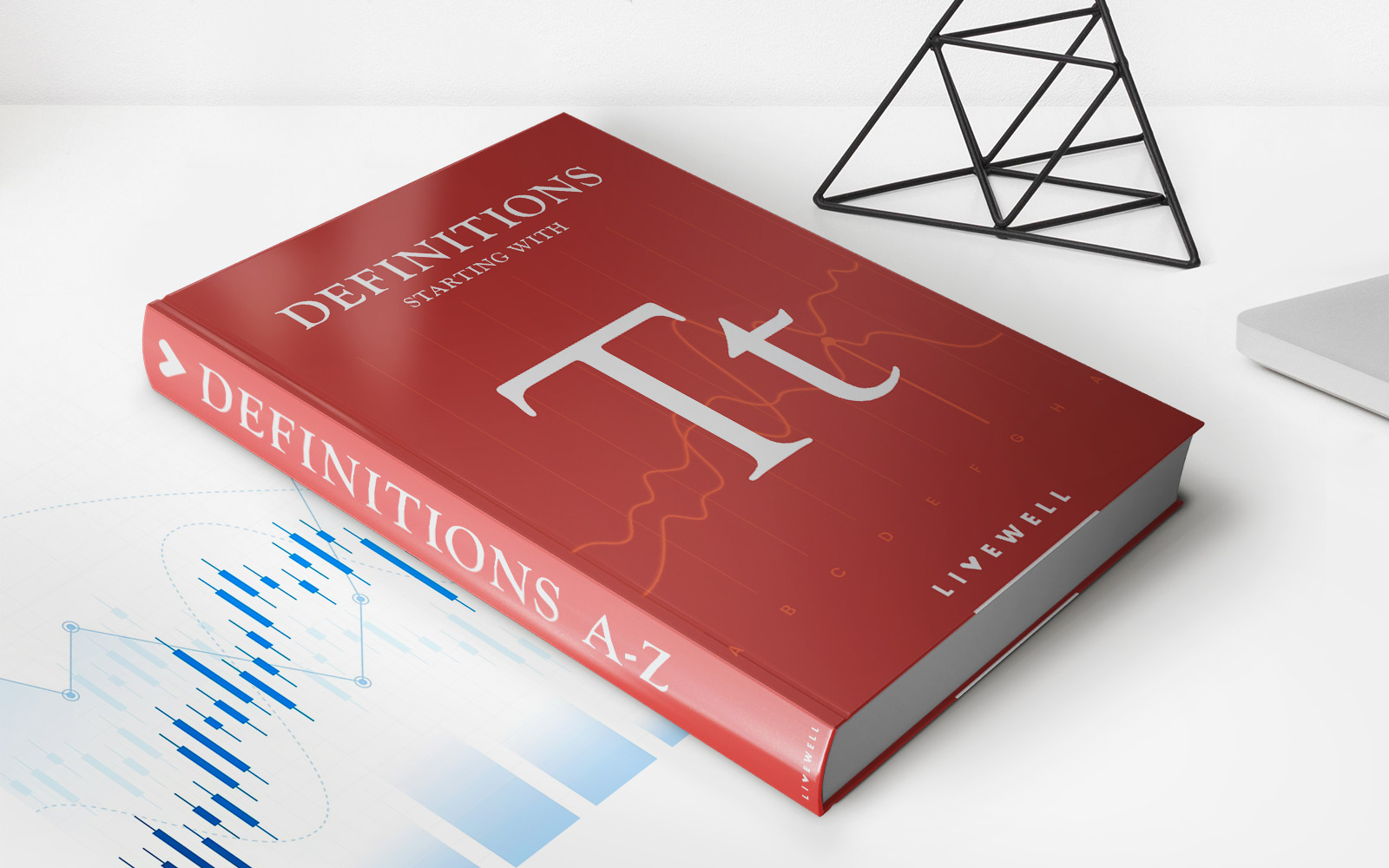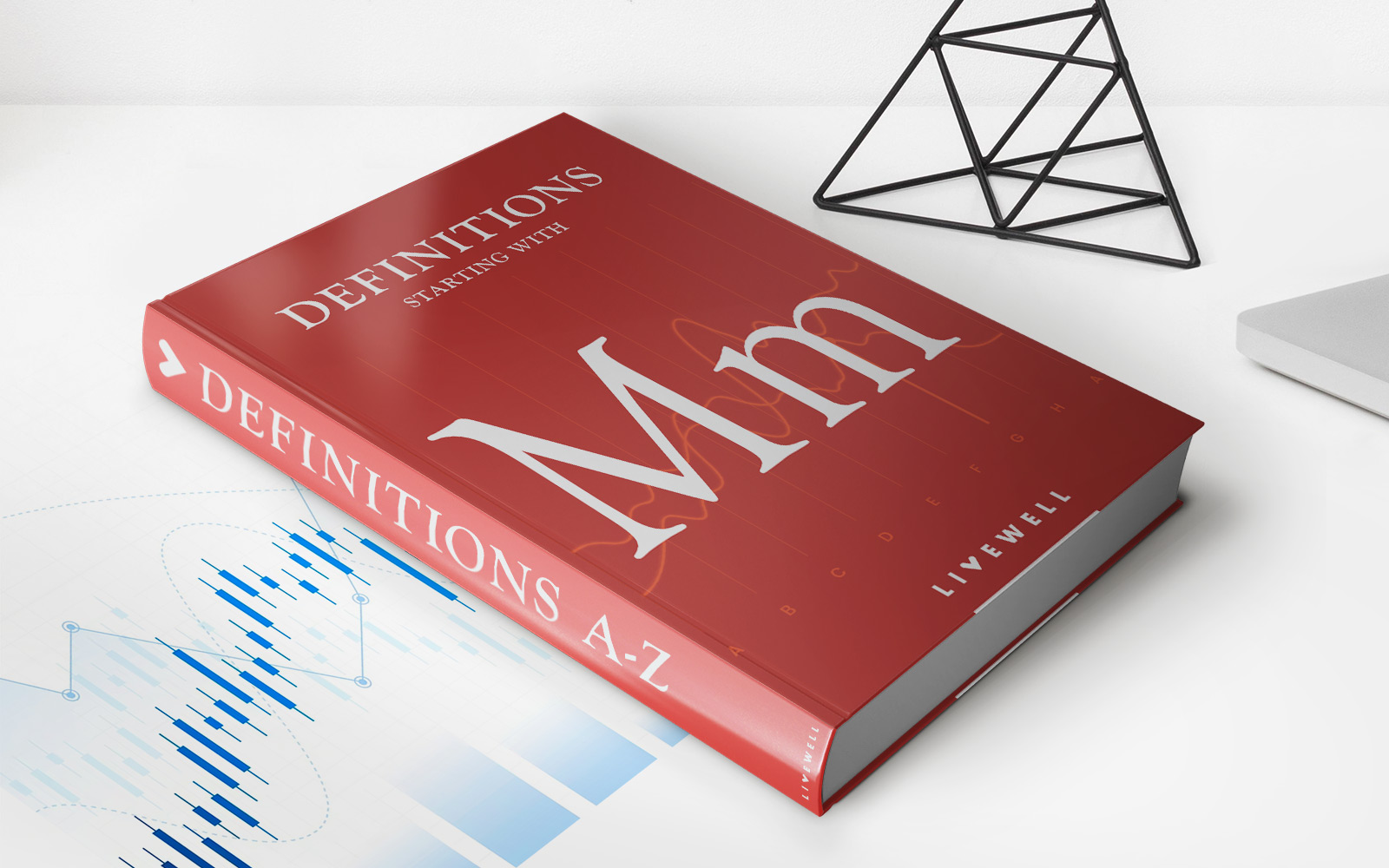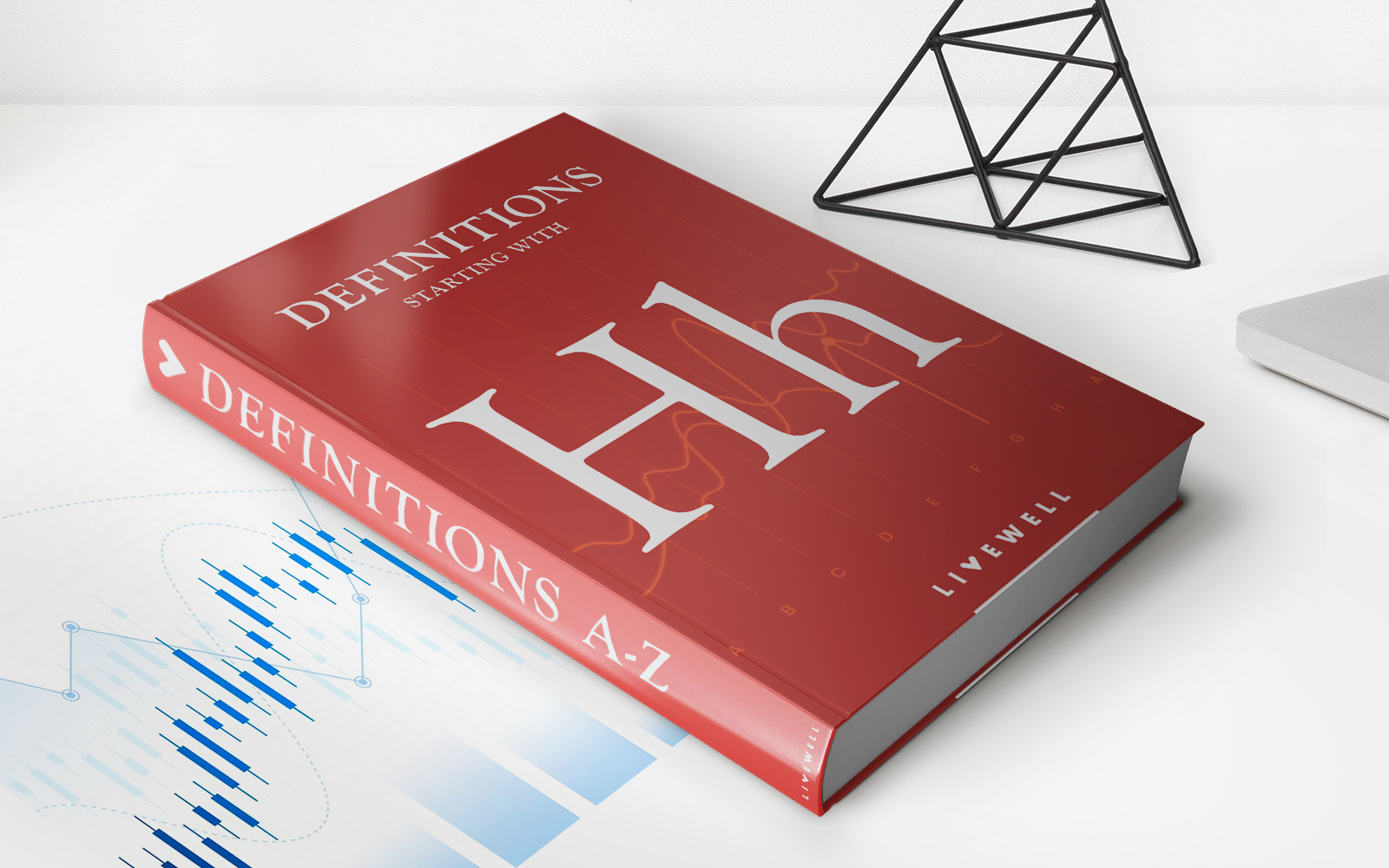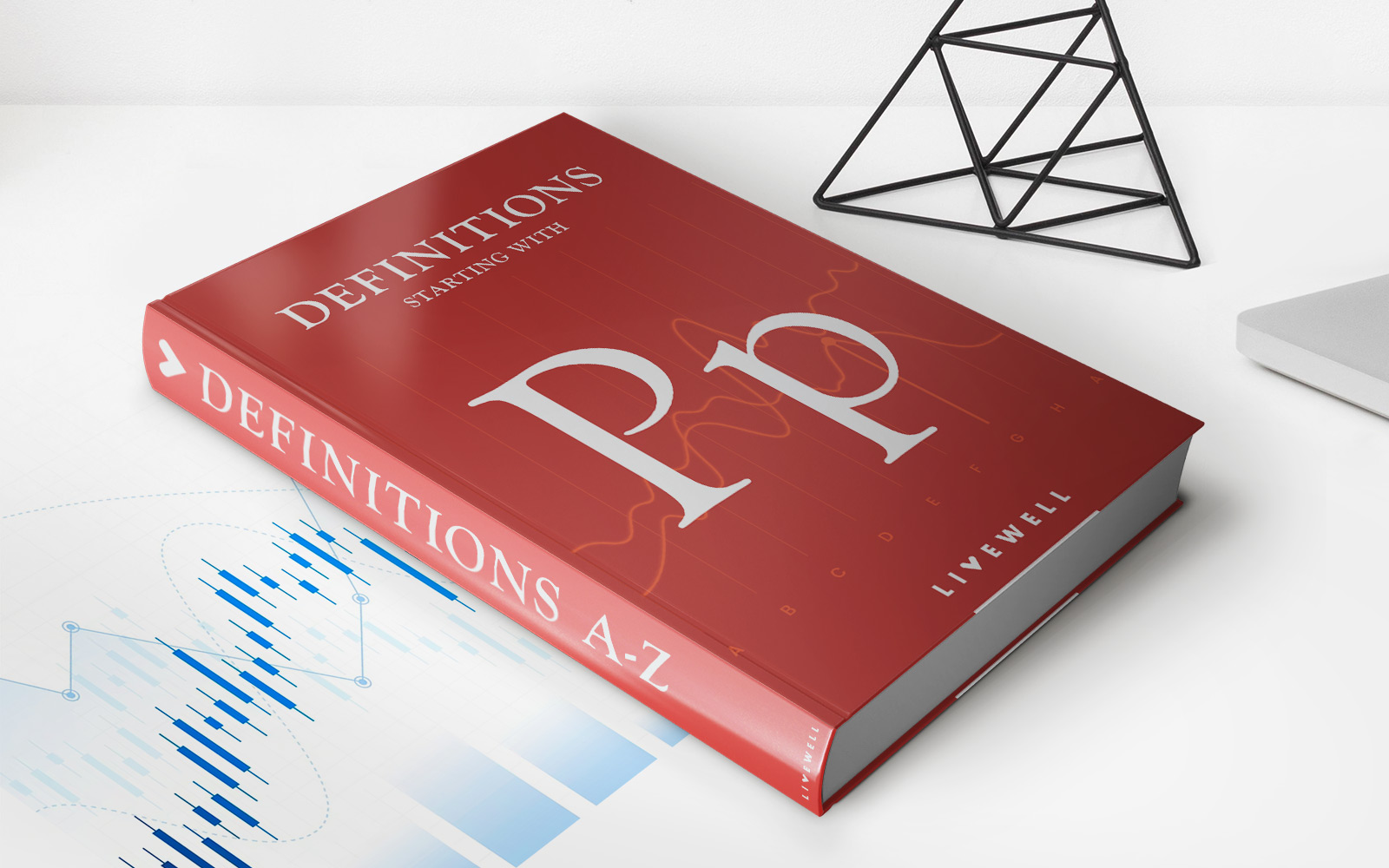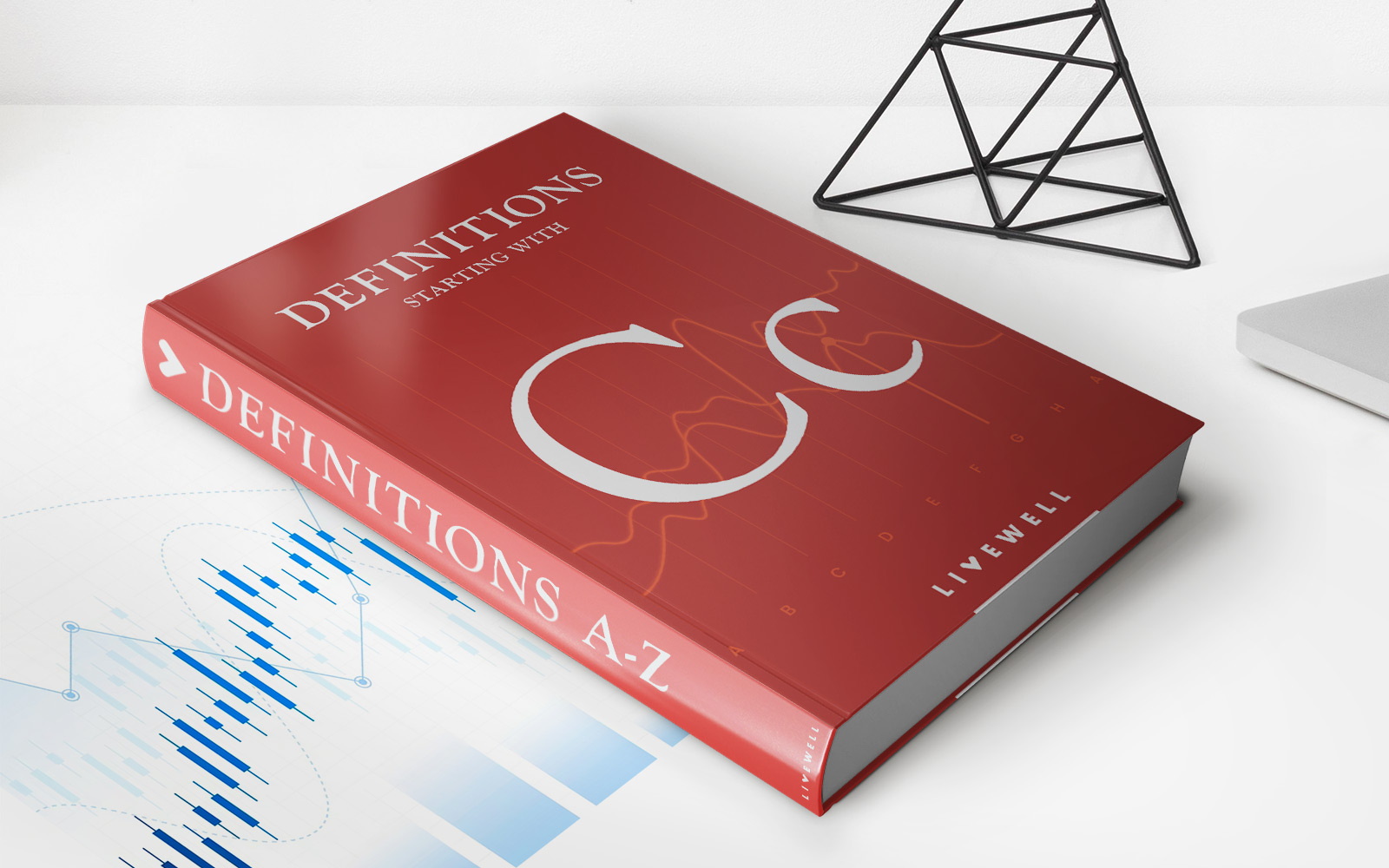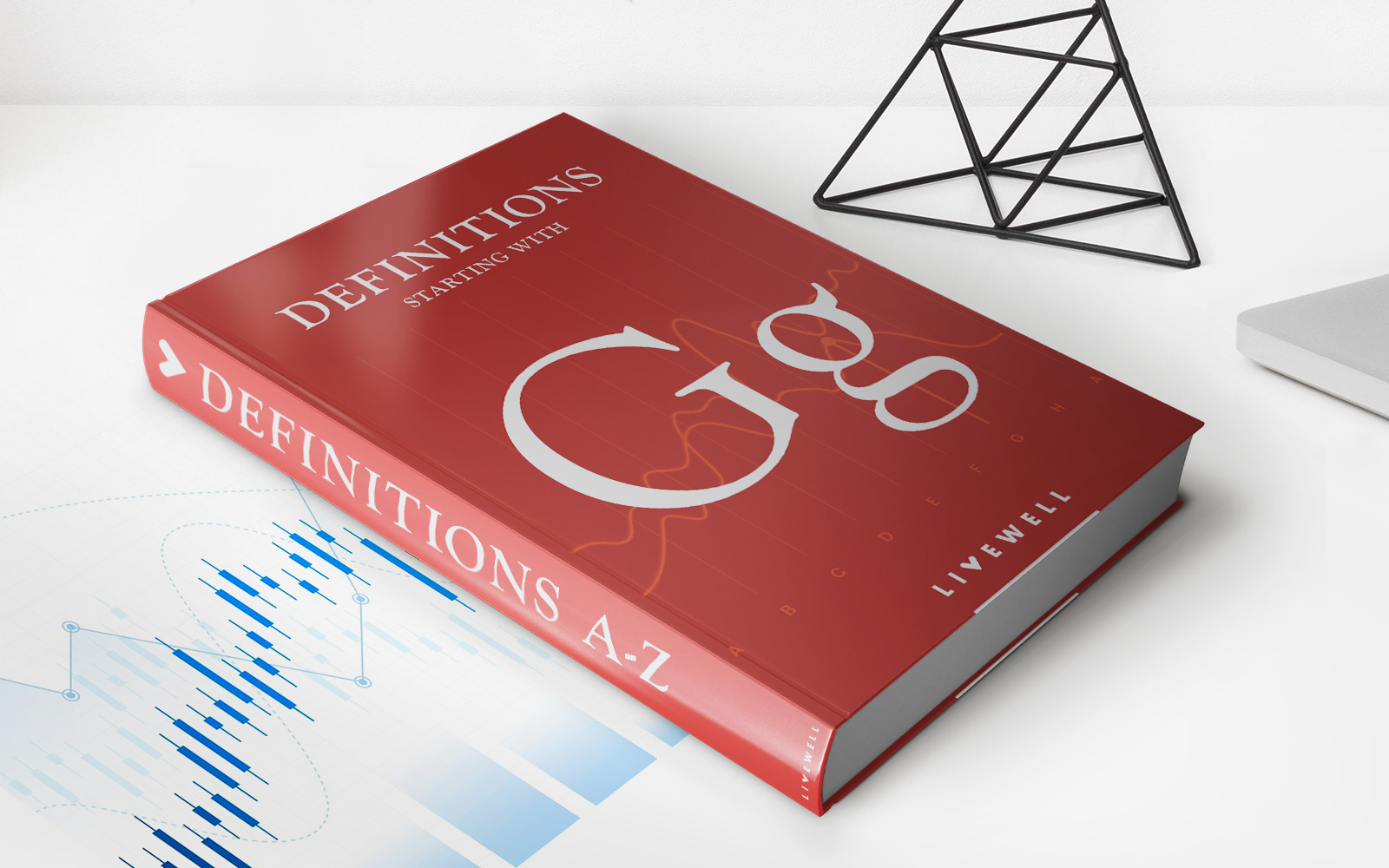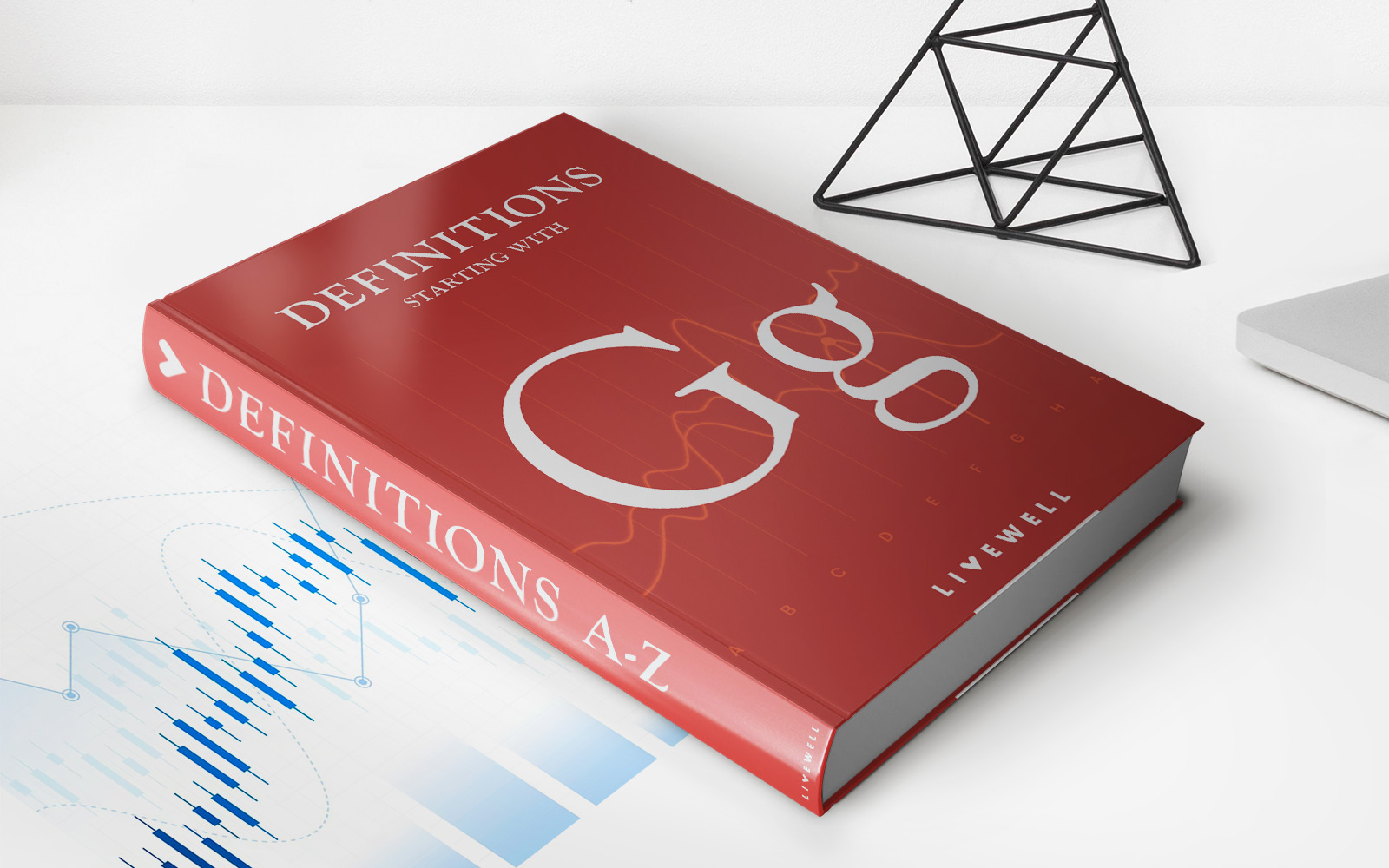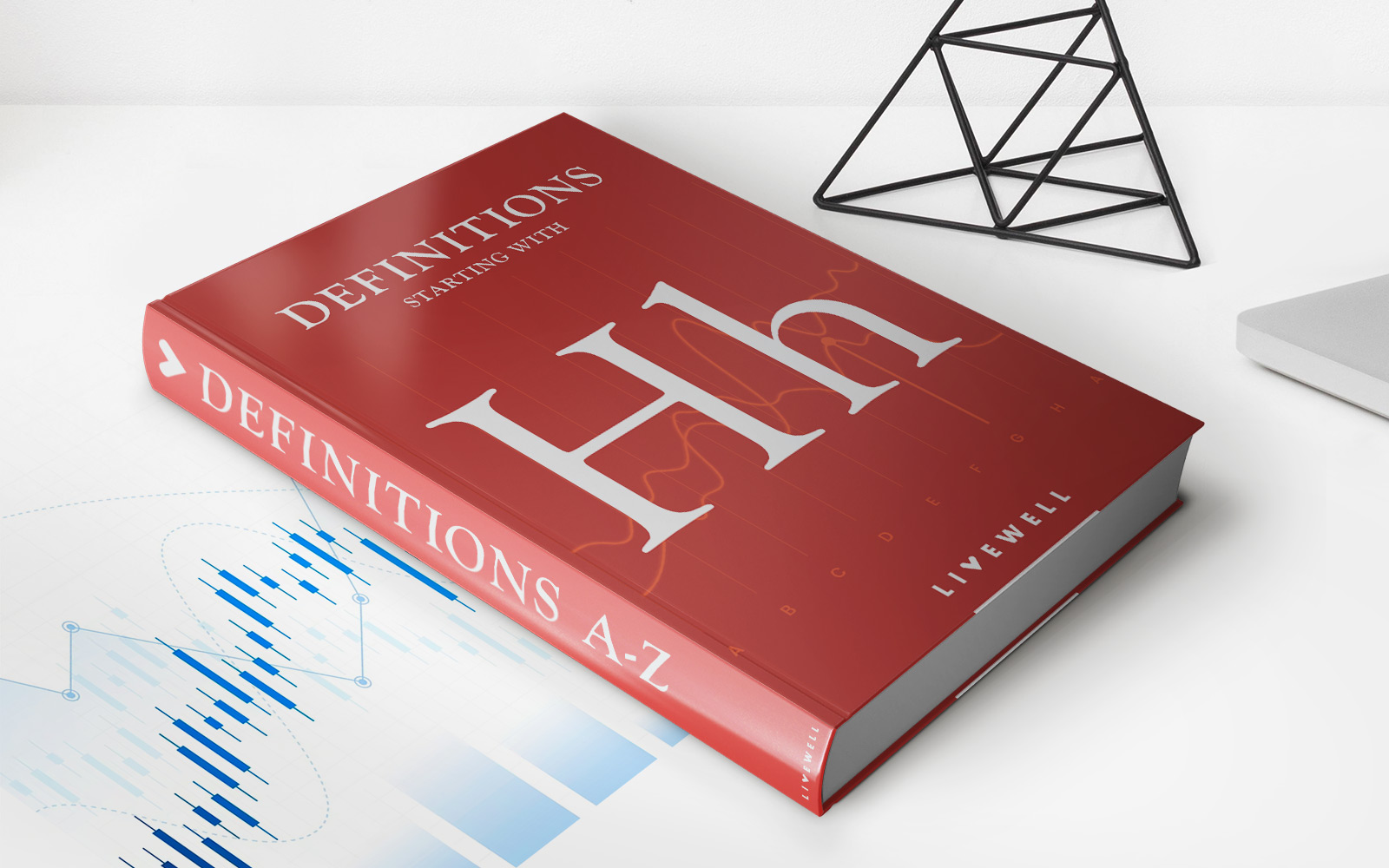

Finance
High Ratio Loan Definition
Published: December 5, 2023
Learn about high ratio loans in finance and how they can help you achieve your financial goals. Understand the definition and benefits of these loans for your future endeavors.
(Many of the links in this article redirect to a specific reviewed product. Your purchase of these products through affiliate links helps to generate commission for LiveWell, at no extra cost. Learn more)
Understanding High Ratio Loans in Finance
Welcome to the world of finance! If you’re new to the topic, don’t worry – we’ll break it down for you. Today, we’re diving into the realm of high ratio loans. What are they, and why should you care? Let’s find out!
Key Takeaways:
- High ratio loans are loans that exceed a certain percentage of the value of the property being purchased.
- These loans typically require borrowers to purchase mortgage insurance to protect the lender in case of default.
So, what exactly is a high ratio loan? Simply put, it is a mortgage loan that exceeds a certain percentage of the value of the property being purchased. In other words, if you are seeking to borrow a large portion of the property’s value, you may need a high ratio loan. But why is this important in finance?
High ratio loans come into play when buyers are unable to make a significant down payment on a property. Traditionally, lenders prefer borrowers to put down at least 20% of the property’s value as a down payment, as this reduces their risk. However, in some cases, borrowers may not have the financial means to provide such a substantial down payment. This is where high ratio loans step in to bridge the gap.
One key aspect to keep in mind is that high ratio loans often require borrowers to purchase mortgage insurance. This insurance protects the lender in case the borrower defaults on the loan. It acts as a safety measure, ensuring that the lender will not suffer a complete loss if the borrower fails to repay the loan. Mortgage insurance premiums are typically added to the borrower’s monthly mortgage payments.
Now that we understand the basics of high ratio loans, let’s explore some important points related to this topic:
- Loan-to-Value Ratio (LTV): The loan-to-value ratio is a critical factor in determining whether a loan is considered high ratio or not. Generally, if the loan exceeds 80% of the property value, it is classified as high ratio. The higher the loan-to-value ratio, the riskier the loan becomes for the lender.
- The Benefits of High Ratio Loans: High ratio loans can open up homeownership opportunities for individuals who may not have enough saved for a substantial down payment. These loans allow borrowers to enter the housing market sooner, gaining access to homeownership benefits and potential property appreciation.
In conclusion, high ratio loans play a vital role in the finance industry by providing opportunities for individuals who may have difficulty making a substantial down payment. Understanding the concept of high ratio loans, including the loan-to-value ratio and the requirement for mortgage insurance, is crucial when venturing into the world of borrowing and property ownership. Remember to consult with a financial expert or lender to determine the best loan options for your specific circumstances.
